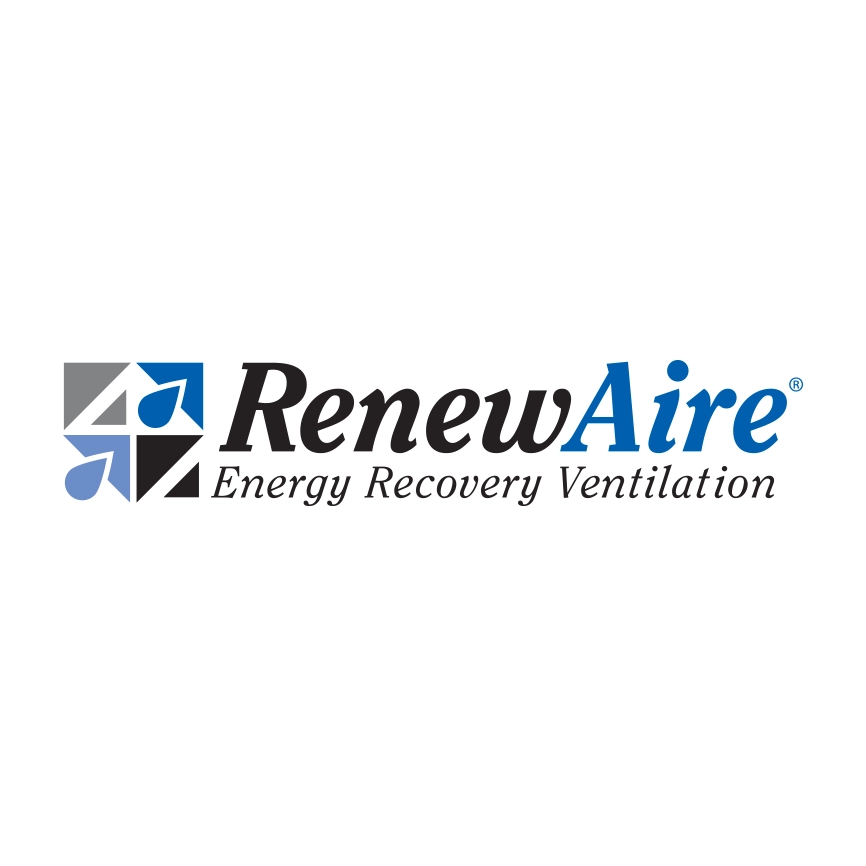What Is Ventilation and Why Does It Matter?
In recent times, there has been a pushback to implementing high ventilation rates because of the associated energy penalties. Indeed, this point was hammered home during the oil embargo days in the late 1970s when energy prices skyrocketed. At that time, according to the National Institute of Health (NIH), the industry went from 20-30 CFM per person down to five CFM per person to save energy.
Fortunately though, the HVAC and engineering communities realized that such a low ventilation rate promoted serious health issues—some reversible and others irreversible—due to deficient indoor air quality (IAQ). Thus, in the mid-to-late 1980s, there was a change when the importance of cleaner and healthier indoor air for occupant health and wellbeing became clear. What’s more, attention grew toward ERVs as an effective means to reduce ventilation energy use and costs.
The latest episode of “IAQ IQ: Indoor Air Quality & You” is the first of a three-part series on the fundamentals of ventilation and energy recovery ventilators (ERVs). Host Michelle Dawn Mooney spoke with RenewAire’s Nick Agopian, VP, Sales & Marketing and Ryan Marks, Product Engineering Manager, on this topic. Below are key points raised during the podcast.
What Is the Value of High-Quality Indoor Air?
The criticality of high-quality indoor air was hammered home in the last 36 months due to the COVID-19 pandemic. Agopian noted, “IAQ has an immediate value. We know that there could be something in the air that you can’t see, breathe, taste or touch that could technically kill you in two weeks. We need to understand that the quality of air has a direct and proportional impact on the quality of our lives.” He also explained that test scores in schools can improve anywhere between 12-18% if CO2 is lowered within the space. Further, better IAQ supports improved sleep and increased productivity.
For Marks, he places a high value on having healthy IAQ for his family at home where his ventilation system brings in as much fresh air as possible. Marks said that in his residence he does 40 CFM per person, which is a tremendous amount of air. He stated, “I have two young daughters and I want them to be healthy and I want to make sure they’re breathing the best-quality air possible. That’s what I do for work so it only makes sense that I do it also for my kids. I would encourage other people to do the same thing because you might be surprised at the poor quality of your indoor air.”
What Ventilation Strategies Exist for Homeowners to Enhance IAQ?
Marks summarized the four different ventilation strategies for homeowners to enhance IAQ:
- Natural ventilation: This is the easiest option, which can be done by opening a window.
- Exhaust-only ventilation: You can pull air out using an exhaust fan, typically via a bath fan, and air will reinfiltrate via any openings in the structure.
- Supply-only ventilation: This is referred to as mechanical ventilation where you’re bringing air into a structure and letting it seep out through little micro-openings inside a home.
- Balanced ventilation: You’re pushing in high-quality filtered air and pulling out air at the same time. Essentially, you’re controlling the point of ingress and the point of exhaust for the air.
How Can Energy Recovery Ventilation Be Applied?
When deciding on a particular ventilation strategy, another component to consider is if energy recovery should also be applied. Many people see it as an additional cost, but this isn’t the case. Agopian explained why, “With energy recovery, you’re recapturing the energy that you spent a lot of money on to cool and dehumidify or heat and humidify the outdoor air coming inside. So, when you look at balanced ventilation with energy recovery, we have paybacks that can be as little as two years to about four years. When considering a structure like a home, office building, condo, school or whatever it may be, these structures are built to last 25+ years. Thus, you have an initial cost for the first two to four years and after that the energy recovery system pays you back.”
Closing out the podcast was Agopian with a quote from a study by Lawrence Berkeley Lab: “Overall, the number of reported statistically significant improvements in health with increased ventilation rates far exceeded the anticipated chance improvements in health.” What does this mean, asked Agopian? He said this shows that increasing ventilation will improve your health similar to other positive activities. Agopian concluded, “I’m not saying stop going to the gym, don’t eat well or only sleep two hours a night. What I’m saying is keep those up and increase ventilation as well because it gives you just as much of a health benefit.”
Key points:
- Ventilation has evolved, with the recommended airflow rate changing over time.
- The value of high-quality indoor air is tremendous as it improves occupant health and wellbeing.
- Several ventilation strategies exist for homeowners, with balanced ventilation using energy recovery being the optimal choice.




